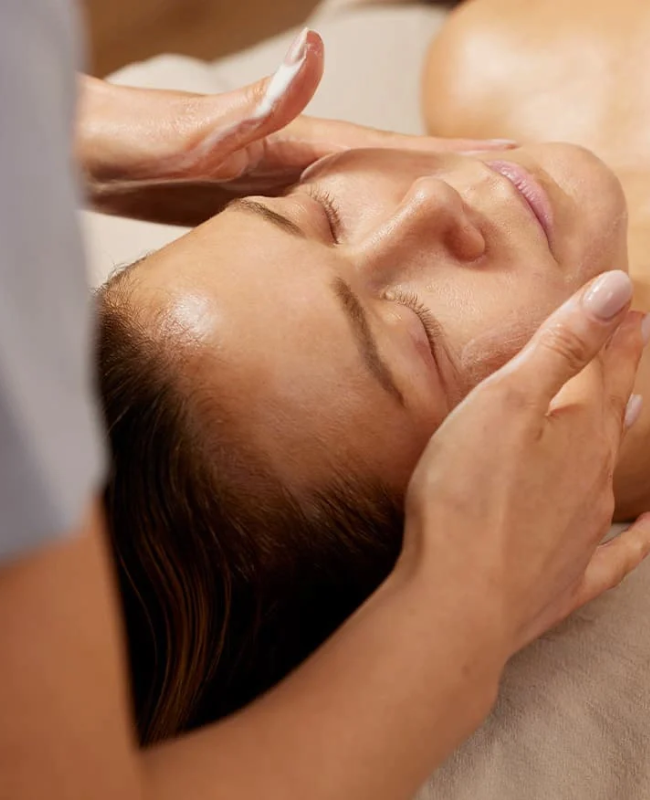Article: How to Manage Acne: Top 10 Tips from a Qualified Skin Scientist
How to Manage Acne: Top 10 Tips from a Qualified Skin Scientist
What is acne?
Acne is a condition close to my heart because I’ve seen it affect so many of my friends and family, including my kids. It’s one of the most common skin conditions affecting over 90% of people at some stage of their life.
Contributing factors can vary, from genetics, to stress levels, hair products, and diet. In many cases, acne is exacerbated by inflammation, and so many of the steps discussed below will be methods to reduce inflammation.
Unfortunately, acne is usually based on hormonal levels so the condition can be controlled but not totally ‘cured’ until your hormone levels balance out. But be patient; in most of us this will happen, but in the meantime let’s look at the strategies we can use to manage this condition that challenges both the health of our skin and our self-confidence.
How does acne develop?
Acne occurs when excess sebum (skin oil) is released from the oil gland and into the pore. There is also an overproduction of skin cells associated with acne, which causes the pores to be congested with oil, dead cells, and debris. Cutibacterium acnes aka. C.acnes bacteria (formerly called Propionibacterium acnes or P.acnes bacteria) live in our pores but in those with acne, the bacteria now have a total feast of dead cells and oil. The chemicals produced by the bacteria create inflammation as well as redness and voila: you have yourself a pimple!
So whilst it stands to reason that preventing excess sebum is key in managing acne, I also need to acknowledge how important it is that the skin has enough sebum to help maintain the acid mantle on the skin’s upper surface. This protective barrier sits at around a pH of 5.6 and creates the ideal environment for a healthy skin microbiome, so we never want to strip the skin of its natural oils entirely!
Grades of Acne
How many grades of acne are there? Acne is categorised into four progressive grades:
Grade one:
Considered mild and non-inflammatory, where only whiteheads and blackheads are present. This is also called comedonal acne.
Grade two:
Demonstrates mild inflammation, papules, and pustules on the face.
Grade three:
Moderate acne with inflamed and painful acne breakouts on the face and body. There is a greater amount of redness and inflammation present. Scarring may occur with moderate acne.
Grade four:
Called cystic acne and this is the most severe category. It presents as severe redness, inflammation, painful acne papules, pustules, and deeper infected cysts. If grade two advances to grades three (moderate) or four (severe), you should seek advice from a skincare professional for treatment as your skin will be at risk of infection and deep scarring. Scarring occurs when the walls of the pore rupture and infected material infiltrates the dermis. This severe inflammation causes trauma, tissue loss, and scarring in the deeper dermal layer of the skin.




